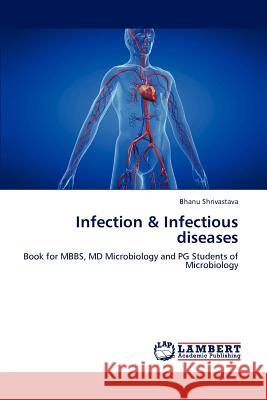Infection & Infectious diseases » książka
Infection & Infectious diseases
ISBN-13: 9783847306559 / Angielski / Miękka / 2012 / 524 str.
A definition of infection as growth of a microorganism in an animal with any resulting host response will include essentially all of the infectious diseases of humans. Many of the body surfaces of humans that communicate with the external environment (e.g., the skin and the gastrointestinal and respiratory tracts) support a normal flora, but these microorganisms usually do not invade and cause disease. Under the right circumstances, however, elements of the flora can invade and produce an infection.A number of other terms are commonly used in describing the infectious diseases. Pathology refers to the abnormality induced by an infection, and pathogenesis to the events producing the pathology. A pathogenic microorganism is a microbe that can cause pathology. Disease refers to the existence of pathology and an infectious disease is a disease caused by a microorganism. The infectious diseases are usually characterized by the dominant organ system involved, Thus, we classify infections as respiratory infections, gastrointestinal infections, genitourinary infections, nervous system infections, skin and soft tissue infections, bone and joint infections, cardiovascular infections etc.











